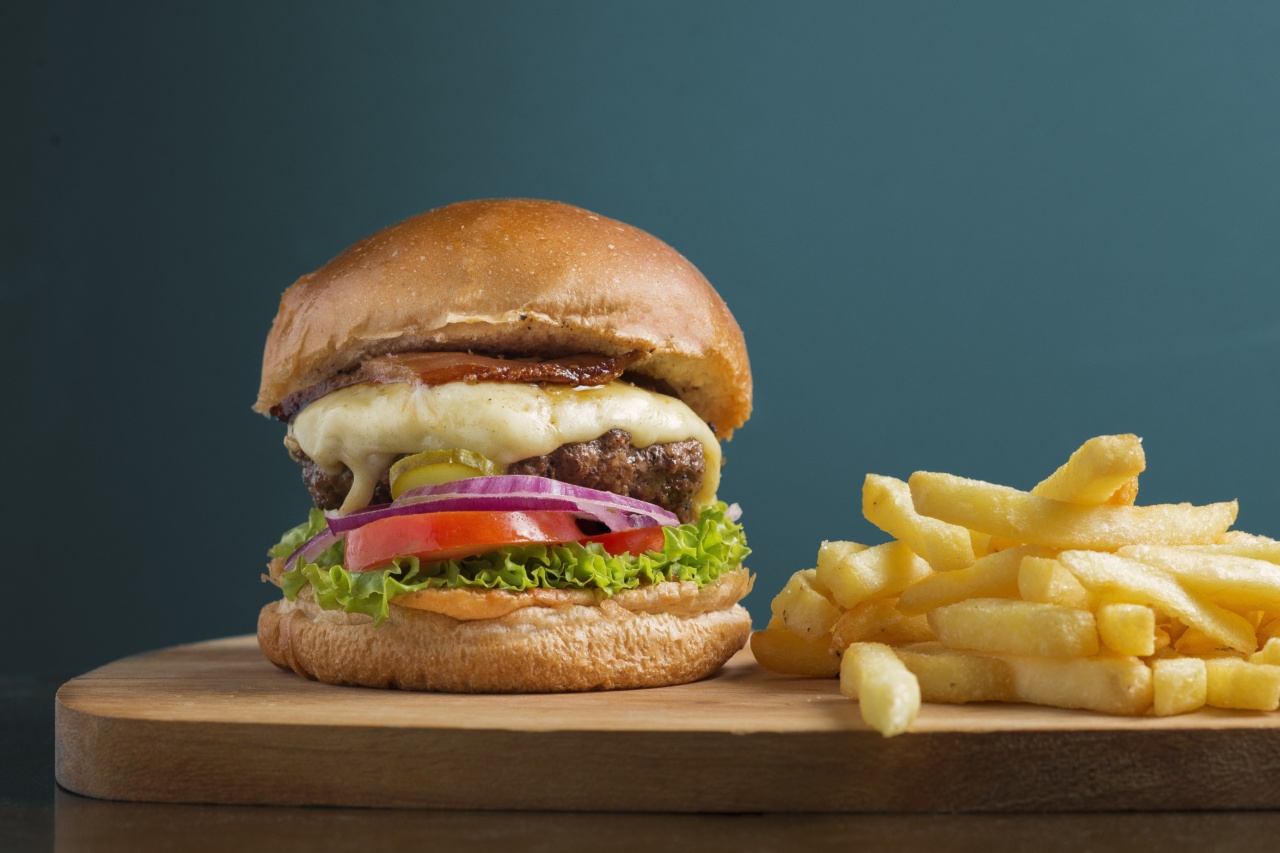Dealing with discomfort in the buttocks can be a real pain in the, well, you know where! Many people suffer from various conditions that can cause discomfort in this area, such as hemorrhoids, muscle strains, or even sitting for prolonged periods.
Finding relief for these “buns” can make a world of difference in your daily life and overall well-being. In this article, I will share my personal journey and the methods I discovered to alleviate discomfort in this sensitive region.
Understanding the Problem
Before we discuss the solutions, let’s take a closer look at the common causes of buttock discomfort. One of the most prevalent issues is hemorrhoids, which are swollen veins in the anal and rectal area.
Hemorrhoids can be painful, itchy, and downright bothersome. Another common culprit is muscle strain, which can occur due to activities like weightlifting, intense workouts, or even a sudden movement.
1. Seek Professional Help
When I first started experiencing discomfort in my buttocks, I reached out to a healthcare professional. It’s important to start by ruling out any serious conditions and getting a proper diagnosis.
This way, you can develop an effective plan of action to find relief for your buns. Depending on the cause of your discomfort, a healthcare provider may suggest medication, physical therapy, or other targeted treatments.
2. Practice Good Hygiene
Maintaining proper hygiene is crucial when dealing with discomfort in the buttock area. Clean the area gently after using the toilet, using unscented or sensitive skin cleansers. Avoid harsh wipes or soaps that can further irritate the delicate skin.
Additionally, wearing loose-fitting underwear made from breathable materials, such as cotton, can help reduce friction and irritation.
3. Apply Cold Compresses
Cold compresses can work wonders in reducing inflammation and numbing the affected area. Simply wrap a few ice cubes in a thin cloth and apply it to the buttocks for around 15 minutes at a time.
Avoid applying ice directly to the skin to prevent frostbite or further irritation. Repeat this process several times a day, especially after activities that may aggravate the discomfort.
4. Warm Sitz Baths
If your discomfort is due to hemorrhoids or muscle strain, a warm sitz bath can provide significant relief. Fill a bathtub or wide basin with warm water and sit in it for 10-15 minutes. Make sure the water covers your buttocks and hips.
The warm water helps increase blood flow to the area, promoting healing and reducing pain. Consider adding Epsom salt or an herbal infusion to enhance the soothing effect.
5. Over-The-Counter Medications
Over-the-counter medications, such as topical creams or ointments, can help alleviate discomfort and reduce inflammation. Look for products containing ingredients like witch hazel or hydrocortisone, which have soothing and anti-inflammatory properties.
However, always read the instructions carefully and consult a pharmacist or healthcare provider if you have any doubts or concerns.
6. Consider Sitz Bath Alternatives
If sitting in a bathtub is not an option for you, there are alternative methods to enjoy the benefits of a sitz bath. Sitz bath kits, available at pharmacies or online, are portable and fit over the toilet seat.
They provide a convenient way to soak your buttocks without requiring the use of a bathtub. These kits often come with soothing solutions or salts to enhance the experience.
7. Stay Hydrated and Eat Fiber-Rich Foods
Constipation is a common cause of discomfort in the buttock area. To prevent or relieve constipation, it’s essential to stay hydrated and incorporate fiber-rich foods into your diet.
Drinking an adequate amount of water throughout the day helps maintain regular bowel movements. Additionally, consume foods like fruits, vegetables, whole grains, and legumes, which are excellent sources of dietary fiber.
8. Avoid Prolonged Sitting
If you have a sedentary job or spend long hours sitting, taking regular breaks to move around can make a significant difference in your comfort levels. Prolonged sitting can put pressure on the buttocks, exacerbating existing discomfort.
Try to incorporate short walks or stretches into your daily routine, and consider using a cushion or ergonomic chair to reduce pressure on the buttocks.
9. Exercise and Stretch
Engaging in regular exercise and stretching routines can provide relief and prevent discomfort in the buttock area. Strengthening the muscles around the buttocks can help support the region and reduce strain.
Incorporating exercises like squats, lunges, or yoga poses, such as the pigeon pose, can target these muscles effectively. Stretching exercises, like the seated forward bend, can also provide relief by promoting flexibility.
10. Mind Your Posture
Poor posture can contribute to buttock discomfort by placing additional pressure on the area. Pay attention to your sitting and standing posture, ensuring that your spine is properly aligned and supported.
Use chairs with proper lumbar support, and consider using a posture corrector or engaging in posture-improving exercises. Taking breaks to stretch and move around can also help alleviate pressure on the buttocks.
Conclusion
Finding relief for your buns is possible with the right approach.
By seeking professional help, practicing good hygiene, and utilizing various remedies such as cold compresses, sitz baths, and over-the-counter medications, you can effectively alleviate discomfort in the buttock area. Remember to stay hydrated, eat fiber-rich foods, avoid prolonged sitting, and engage in regular exercise and stretching. By taking care of your buns, you can regain comfort and improve your overall well-being.





























